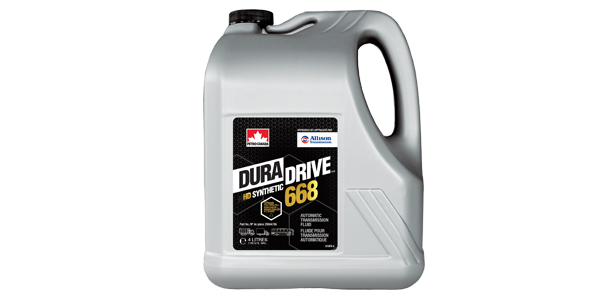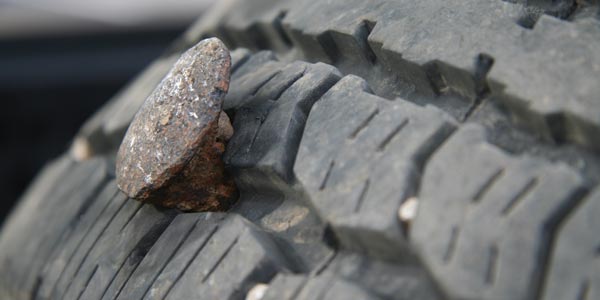For several years, members of the S.14 Study Group (light- and medium-duty vehicles) of the TMC have requested a single automatic transmission fluid (ATF) for use in their various fleet vehicles. Now, I’ll explain why OEMs can’t give fleets what they have requested.
To begin with, it’s currently not possible due to all the different friction materials utilized in all the various transmission designs in the marketplace. When automatic transmissions were first developed by GM engineers in 1939, ATFs were designed to allow a little slippage when shifting (flare) to soften the gear changes. Most GM cars using automatic transmissions were luxury vehicles, so they didn’t want to jerk the passengers around.
Then the Fordomatic was developed, using different design parameters and frictional materials to avoid patent infringement issues with GM. Ford’s ATF required different friction modifiers, and it slipped less on gear changes. In fact, we used to run Ford ATFs in our GM automatic transmissions when drag racing to make the shifts quicker and clutches last longer.
For years, the ATF lube oil industry was very stable with only two different ATFs. Most new transmission designs were developed to use either the GM spec (Type A) or the Ford spec (Type B) fluid. Allison, for example, didn’t make waves then because it was a division of GM.
Then new and different hydraulic transmission designs such as Caterpillar’s Powershift transmission were developed. This type of transmission utilized rubber-based rather than paper fiber-based clutch disc materials, and it had a completely different lube oil/friction modifier appetite.
To further complicate matters, OEMs increased the power density of their engines, forcing transmissions to utilize different friction materials to survive with the increased power. Each OEM made sure transmissions of both their new and earlier designs could be satisfied by a single fluid specification. But there was just no incentive to have a universal fluid spec for all automatic transmission OEMs.
Now we’re seeing rapidly increasing design changes as OEMs increase the number of speeds in their automatic and hydraulic transmissions from three to as many as ten. For many years, we’ve known that engines yield optimum fuel economy and power in a relatively narrow speed range. Infinitely variable ratio transmissions were developed (requiring completely new and different ATFs), but I’m not sure they’ve fulfilled all their design and durability criteria. And their fluid requirements caused oil suppliers to search years for answers which would provide sufficient durability.
Besides, with definite gear ratios at each speed, the new automatics are designed with a very low first gear (to minimize power requirements) and two or more highly overdriven gear ratios to minimize engine RPMs at highway speeds. Engines, especially gasoline engines, are essentially glorified air pumps. Minimizing engine speeds can reduce pumping losses dramatically, thereby improving fuel economy significantly. Top engine speed on our Shell Mileage Marathon record-holding Opel was only 1,500 RPM. The best fuel efficiency was reached when the engine was kept between 700 and 1,300 RPM.
The only way I can envision developing a universal ATF spec would be to get competing OEMs to break tradition with the past and use a common design strategy and frictional materials in their ATFs. How soon do you think that will happen? This would require years of development on both new and existing transmission designs, and the small volume of ATF sales isn’t sufficient to pay the costs involved. Remember most automatic transmissions are filled only once during their lifetime.
Please don’t forget that automated manual transmissions have still a different type of frictional requirement since they utilize brass or steel gears instead of clutch packs and overrunning clutches (planetary gear sets) for their various gear ratios. Their lube oil requirements are very different from ATFs.














